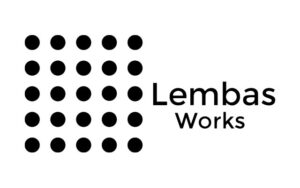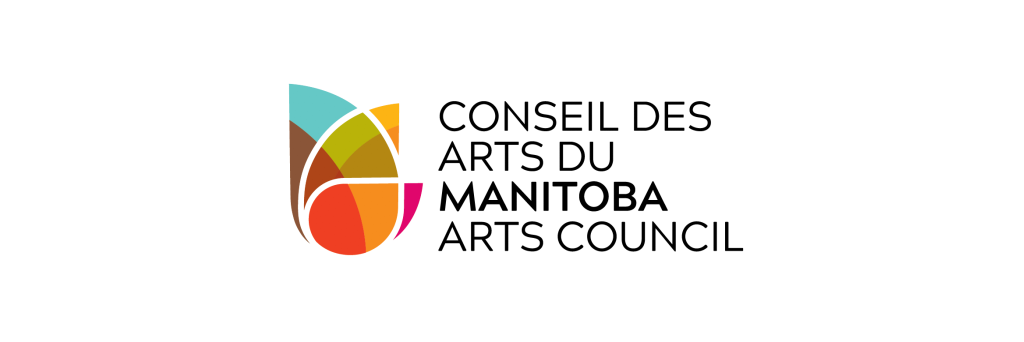With conferences and artists markets just around the corner, we’ve had a few people ask how to write an artists bio. A few did not know what an artist biography is or how to create one. So we thought we’d write a bit about that today. The first thing towards writing an artists bio, is simply to start!
Artist bios serve as simple narratives that introduce and define an artist’s identity and body of work. These bios are used across various platforms such as personal websites, gallery exhibitions, social media profiles, and promotional materials. They are a powerful tool for self-promotion. Artist bios provide audiences, curators, and potential collaborators with insights into the artist’s background, artistic philosophy, and accomplishments. They also help in establishing credibility and showing professionalism.
A well-crafted artist bio can really help to create a personal connection between artists and their audience, fostering a deeper understanding and appreciation of the artist’s creative journey and contributions to the art world. Some people don’t really know where to start, so we put together some really easy steps. With these steps, you can create your own artistic narrative.
Crafting an Impressive Artist Bio: A Step-by-Step Guide
Whether you’re an established or emerging artist or just starting to explore your creative talents, an artist bio is a key tool to connect with your audience and potential collaborators. Here’s a step-by-step guide on how to create an engaging artist bio:
Step 1: Start with a Strong Introduction
Begin your artist bio with a creative introduction. Clearly state your name, artistic identity, and the medium you work with. This will set the tone for the rest of your bio and provides readers with a quick overview of who you are.
Step 2: Define Your Artistic Statement
After your introduction, dive into your artistic statement. Tell the reader about your artistic philosophy, style, or approaches. Share the themes, emotions, or messages that inspire and drive your creative process. This section will allow readers to connect with the deeper meaning behind your art.
Step 3: Share Your Background
Give readers insight into your background, including your education and any artistic training or courses you’ve taken. Highlight workshops, mentorships, public presentations or experiences that have shaped your artistic and creative journey. This will provide context to your development as an artists and can add credibility to your profile.
Step 4: Specify Your Medium and Style
Clearly state the artistic medium or mediums you specialize in (e.g., sculpture, video, interactive, photography, etc.). Describe your own unique style, influences, and techniques. This will help readers visualize your work and better understand your artistic identity.
Step 5: Showcase Exhibitions and Achievements
Highlight exhibitions, shows, or events where your work has been featured and that you’re proud of. Include the names of galleries, museums, or venues. Mention any awards, honors, or recognitions you’ve received, but remember those don’t define you or your work. This section helps demonstrate your credibility and success as an artist.
Step 6: Provide a Glimpse into Your Experience
Offer a snapshot of your artistic journey and relevant experiences. Mention collaborations or partnerships with other artists or organizations. This can add depth to your bio and showcases your versatility and lived experiences as an artist.
Step 7: Add a Personal Touch
Humanize your artistic biography by including a personal touch. Share a brief story, mention a favourite hobby, or something unrelated to your art. This will help create a connection with your audience and makes your biography more relatable.
Step 8: Include Contact Information
Last but definitely not least, make sure your artist bio includes professional contact details, such as an email address or other representation. Provide links to your website or social media profiles, allowing people to explore more of your work and connect with you.
Crafting an artist bio is an ongoing process, so it’s important revisit and update it regularly to reflect your latest achievements and projects.









